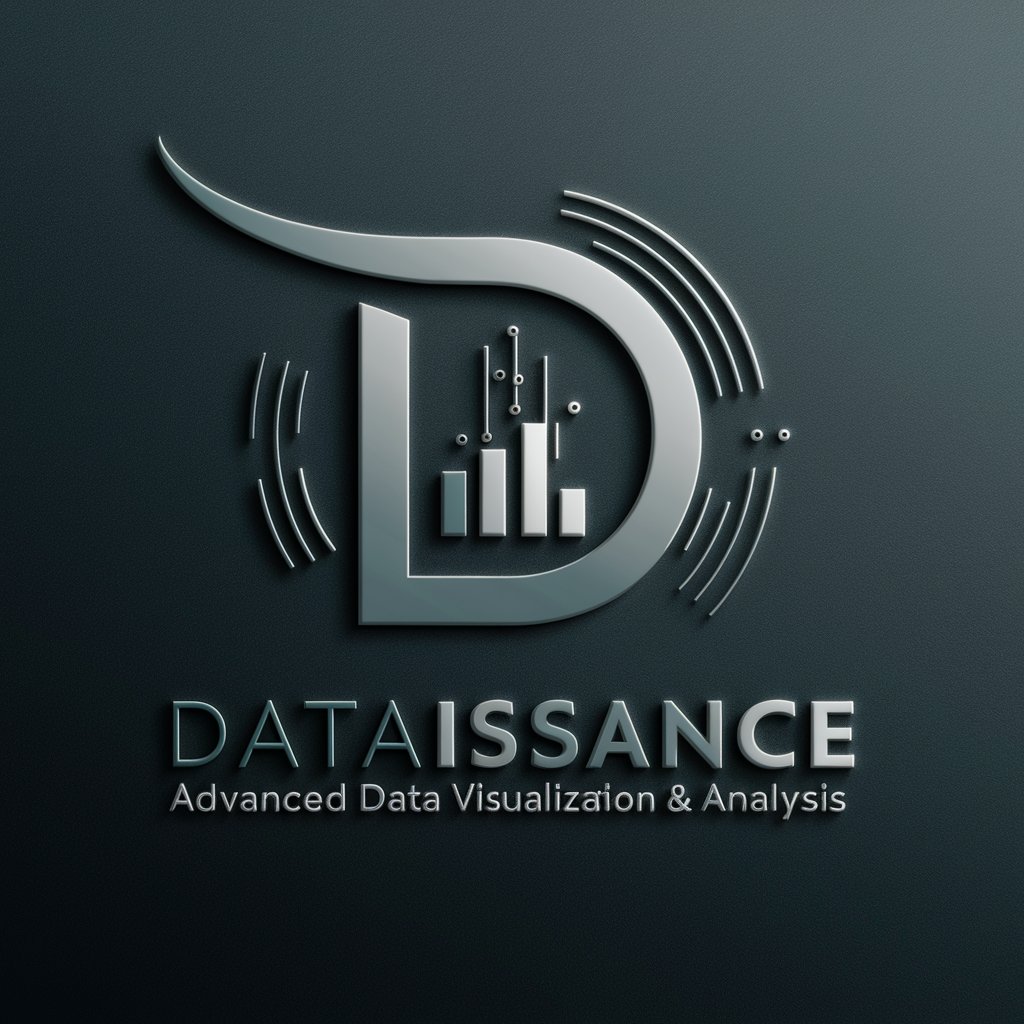Climate Change Modeler - Climate Simulation Tool

Welcome! Let's explore and mitigate climate change together.
Empowering climate action with AI insights
Generate a potential climate change scenario based on a 2°C global temperature rise.
Analyze the impact of deforestation rates on global carbon emissions.
Predict the effects of increased greenhouse gas emissions on marine ecosystems.
Simulate the economic consequences of climate change for coastal cities.
Get Embed Code
Introduction to Climate Change Modeler
Climate Change Modeler is a specialized AI tool designed to simulate and predict potential climate change scenarios and their impacts. It integrates AI-driven models to analyze various factors such as greenhouse gas emissions, deforestation rates, temperature changes, and more. The purpose of the Climate Change Modeler is to offer insights into how different scenarios might affect ecosystems, human health, and economies. For example, it can simulate the impact of a 2°C global temperature rise on sea levels, agriculture, and natural habitats, aiding in understanding potential future challenges and facilitating strategic planning to mitigate adverse effects. Powered by ChatGPT-4o。

Main Functions of Climate Change Modeler
Scenario Simulation
Example
Predicting the impact of increased CO2 emissions on global temperatures.
Scenario
A policymaker wants to understand the potential outcomes of failing to reduce carbon emissions. Using the Modeler, they can simulate future temperature increases and their effects on weather patterns, sea levels, and biodiversity.
Impact Analysis
Example
Assessing how rising temperatures affect coral reefs.
Scenario
Environmental researchers use the Modeler to study the correlation between temperature rise and coral bleaching events. This helps in identifying critical thresholds for coral ecosystems and planning conservation strategies.
Data Interpretation
Example
Analyzing patterns of deforestation and its impact on carbon sequestration.
Scenario
NGOs focused on reforestation projects use the Modeler to interpret satellite imagery and deforestation data. This enables them to target efforts in areas where reforestation can most effectively combat climate change.
Ideal Users of Climate Change Modeler Services
Policymakers and Government Officials
These users can leverage the Modeler to simulate various policy outcomes, helping to make informed decisions on legislation and initiatives aimed at combating climate change.
Environmental Researchers and Scientists
Researchers utilize the Modeler to study climate patterns, evaluate the impacts of climate change on natural systems, and publish findings that contribute to the global understanding of climate dynamics.
NGOs and Environmental Advocacy Groups
These groups use the Modeler to support their campaigns, policy recommendations, and project planning, ensuring that their actions are grounded in robust scientific predictions and analyses.
Businesses and Corporations
Companies, especially in sectors like insurance, agriculture, and real estate, use the Modeler to forecast climate-related risks and opportunities, aiding in strategic planning and risk management.

How to Use Climate Change Modeler
Start Your Trial
Initiate your journey by visiting yeschat.ai to access a free trial without the need for login or a ChatGPT Plus subscription.
Input Data
Provide specific data or assumptions related to climate variables such as greenhouse gas emissions, deforestation rates, or temperature changes.
Select Scenario
Choose a climate change scenario you wish to simulate. Options may include varying degrees of emission trajectories or deforestation levels.
Analyze Results
Review the model's output, which may include projected temperature changes, impacts on ecosystems, human health, and economic implications.
Refine and Repeat
Adjust your inputs based on initial results to explore different scenarios or to refine your analysis for more accurate predictions.
Try other advanced and practical GPTs
Math Mentor
Empowering learning with AI-driven math mentorship.

Erzya Linguist
AI-Powered Russian to Erzya Translator

Nihongo Navigator
Master Japanese with AI

Agile Explainer
Empowering Agile Journeys with AI

Meister Eckhart
Awakening wisdom with AI mysticism

WHU Startup Browser
Unveil Startup Potential with AI Insight

Chief Innovation Officer
Empowering Innovation with AI Insights

Mirror
Replicate images with AI precision

Dataissance
Empowering insights with AI-driven analysis

Hunter's Assistant
Empowering Hunters with AI

Conspiracy Theorist
Unravel Mysteries with AI-Powered Theories

TRON Advisor
Empowering TRON Development with AI

Frequently Asked Questions about Climate Change Modeler
What kind of data do I need to use Climate Change Modeler?
You'll need data related to climate variables such as CO2 emission levels, temperature records, deforestation rates, and other environmental factors relevant to your scenario.
Can Climate Change Modeler predict the impact of climate change on biodiversity?
Yes, the model can simulate potential impacts of various climate change scenarios on biodiversity, including species extinction risks and habitat alterations.
Is it possible to model the economic effects of climate change with this tool?
Absolutely, Climate Change Modeler can estimate the economic impacts, including costs related to damage, adaptation, and mitigation measures in different scenarios.
How accurate are the predictions made by Climate Change Modeler?
While the model incorporates the latest climate science, predictions are subject to uncertainties inherent in modeling complex systems. Results should be viewed as possible outcomes within a range of scenarios.
Can Climate Change Modeler simulate the effects of policy interventions?
Yes, the tool can evaluate the potential outcomes of policy interventions such as carbon pricing, reforestation initiatives, and renewable energy adoption.
